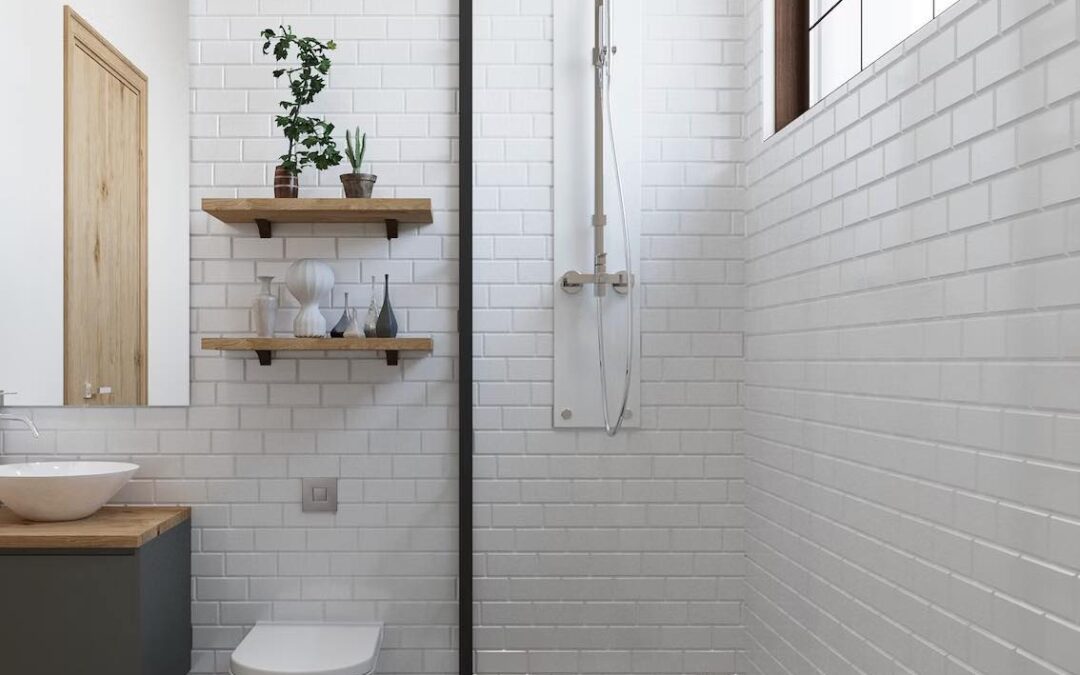Water pressure is a vital aspect of our plumbing systems that directly impacts the functionality and longevity of our pipes and fixtures. While adequate water pressure is necessary for everyday tasks, excessively high or low water pressure can lead to costly damage and inconvenience. In this article, we’ll explore the significance of regularly testing and adjusting your water pressure to prevent harm to your pipes and fixtures. Discover new ideas and expert advice on how to maintain optimal water pressure and protect your plumbing system.
Understanding the Impact of Water Pressure
Water pressure refers to the force at which water flows through your plumbing system. It is measured in pounds per square inch (PSI). Both high and low water pressure can have detrimental effects on your pipes and fixtures.
The Dangers of High Water Pressure
- Pipe Damage: Excessive water pressure puts strain on your pipes, causing them to weaken over time. It can lead to leaks, bursts, and costly repairs.
- Fixture Wear and Tear: High water pressure can damage fixtures such as faucets, showerheads, and valves. It may cause them to leak or malfunction, requiring frequent replacements.
The Risks of Low Water Pressure
- Inadequate Flow: Low water pressure can result in weak or insufficient water flow, making everyday tasks like showering and washing dishes frustrating and time-consuming.
- Pipe Clogs: Low water pressure can contribute to the accumulation of debris, sediments, and mineral deposits in your pipes, leading to blockages and reduced water flow.
The Importance of Testing and Adjusting Water Pressure
- Preserving Pipe Integrity: By testing your water pressure regularly, you can identify if it exceeds the recommended range (typically 40-80 PSI). If it’s too high, you can take steps to adjust it and relieve strain on your pipes, preventing potential leaks and bursts.
- Protecting Fixtures: Testing your water pressure allows you to detect any issues that could be damaging your fixtures. Adjusting the pressure accordingly can help prevent premature wear and tear, extending the lifespan of your faucets, showerheads, and other plumbing fixtures.
Effective Methods for Testing Water Pressure
- Pressure Gauge: A pressure gauge is a simple and affordable tool that measures water pressure. Attach it to an outdoor faucet or the bib tap near your water meter. Turn on the faucet and observe the pressure reading. If it exceeds the recommended range, further adjustments are necessary.
- Professional Inspection: If you’re uncertain about testing water pressure or suspect a more complex issue, consult a professional plumber. They can assess your system, identify any underlying problems, and provide appropriate solutions.
Adjusting Water Pressure
- Pressure Regulator Valve: A pressure regulator valve is a device installed on your main water supply line. It controls the incoming water pressure to maintain a consistent and safe level throughout your plumbing system. If you have high water pressure, consider installing or adjusting this valve with the help of a professional.
- Expansion Tank: If you have a well or a closed-loop plumbing system, an expansion tank can help regulate pressure fluctuations caused by thermal expansion. This protects your pipes and fixtures from the effects of increased pressure.
Preventive Measures for Maintaining Optimal Water Pressure
- Regular Maintenance: Schedule periodic maintenance visits with a plumber to ensure your plumbing system is in good working condition. They can test water pressure, check for leaks, and perform any necessary adjustments or repairs.
- Use Water-Saving Fixtures: Installing water-saving fixtures, such as low-flow showerheads and aerators, can help regulate water pressure while conserving water. These fixtures limit the flow rate without compromising the quality of your daily tasks.

